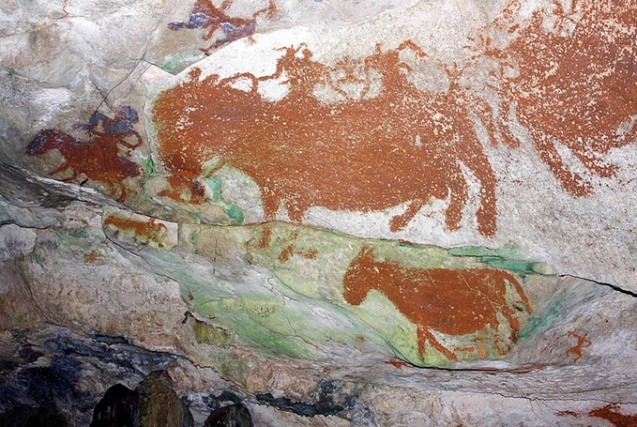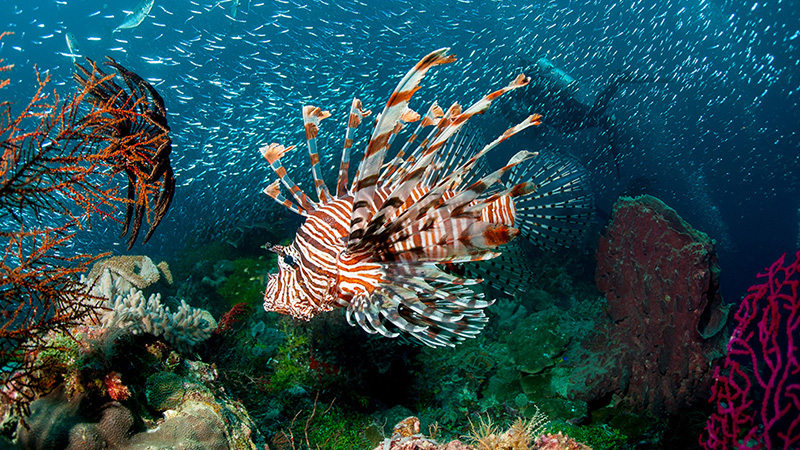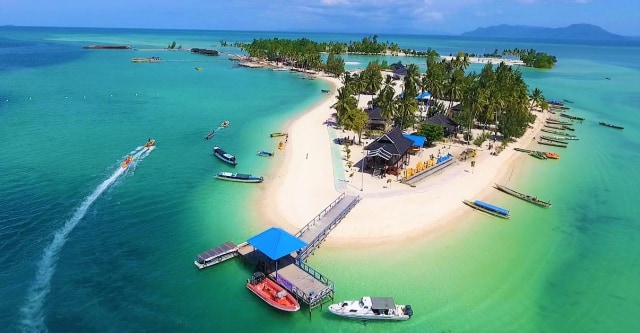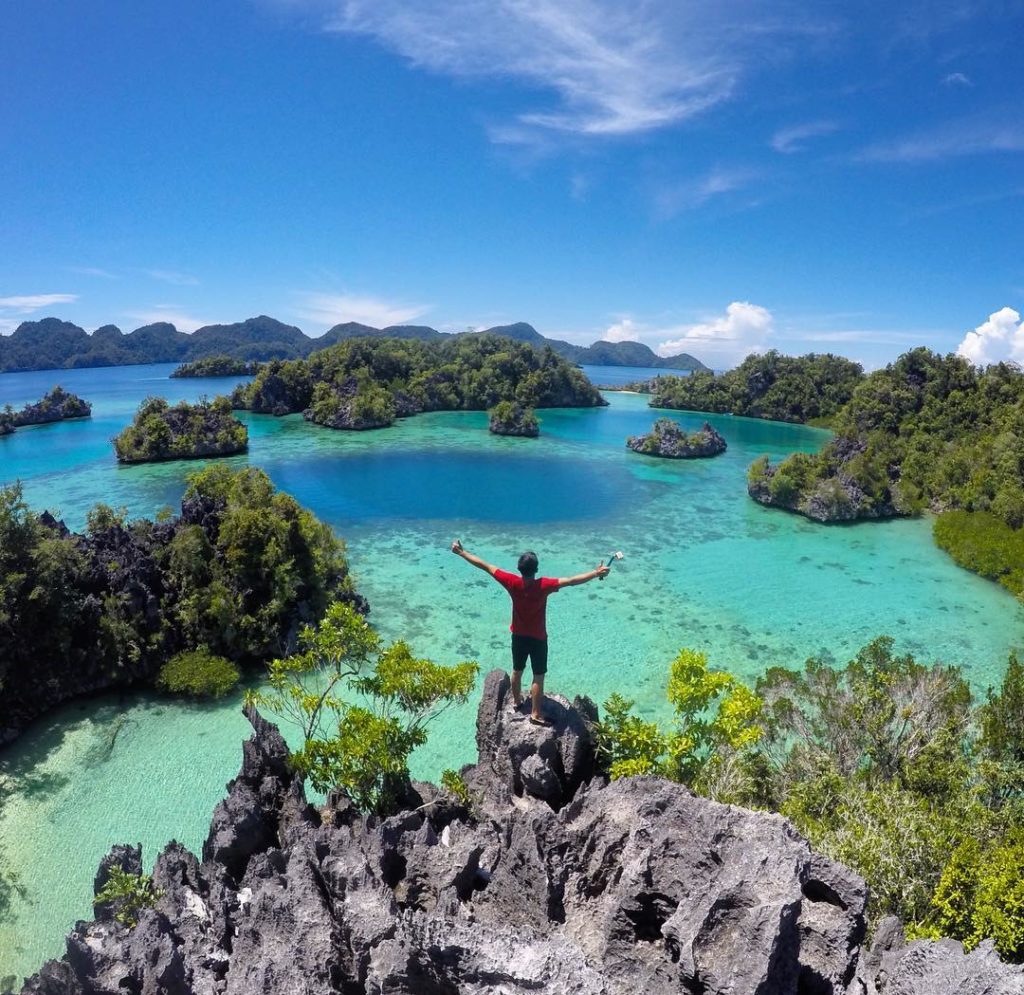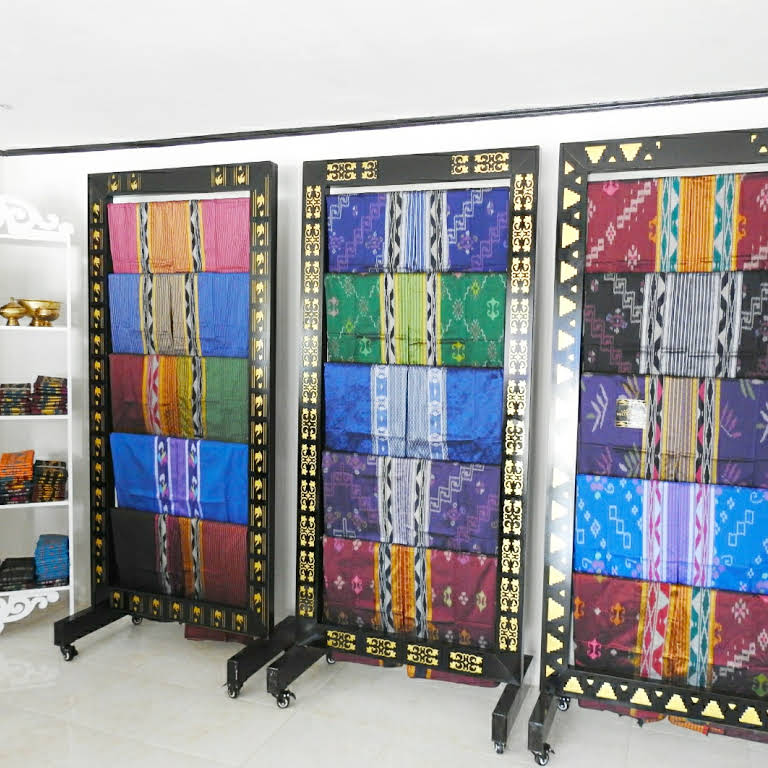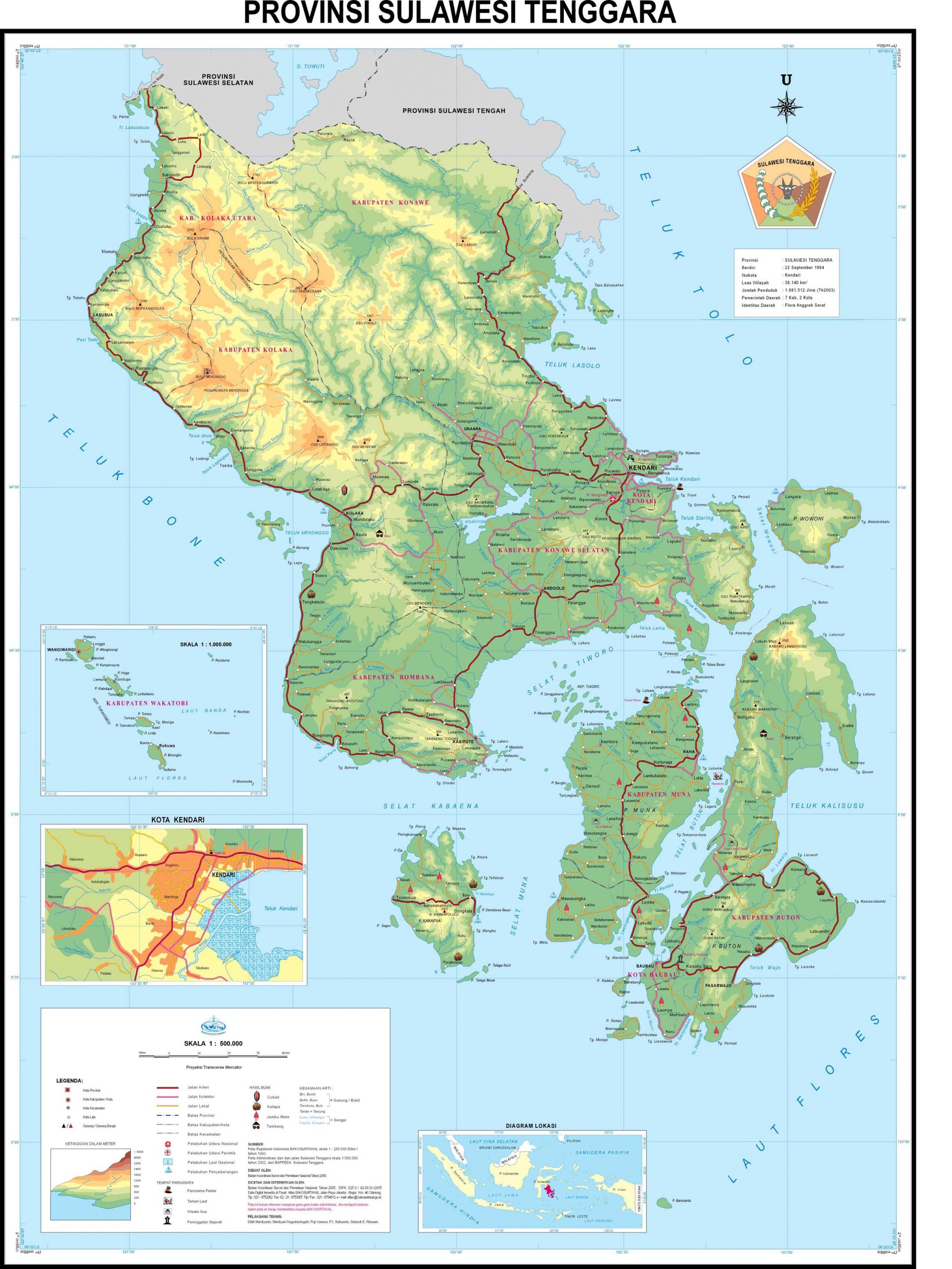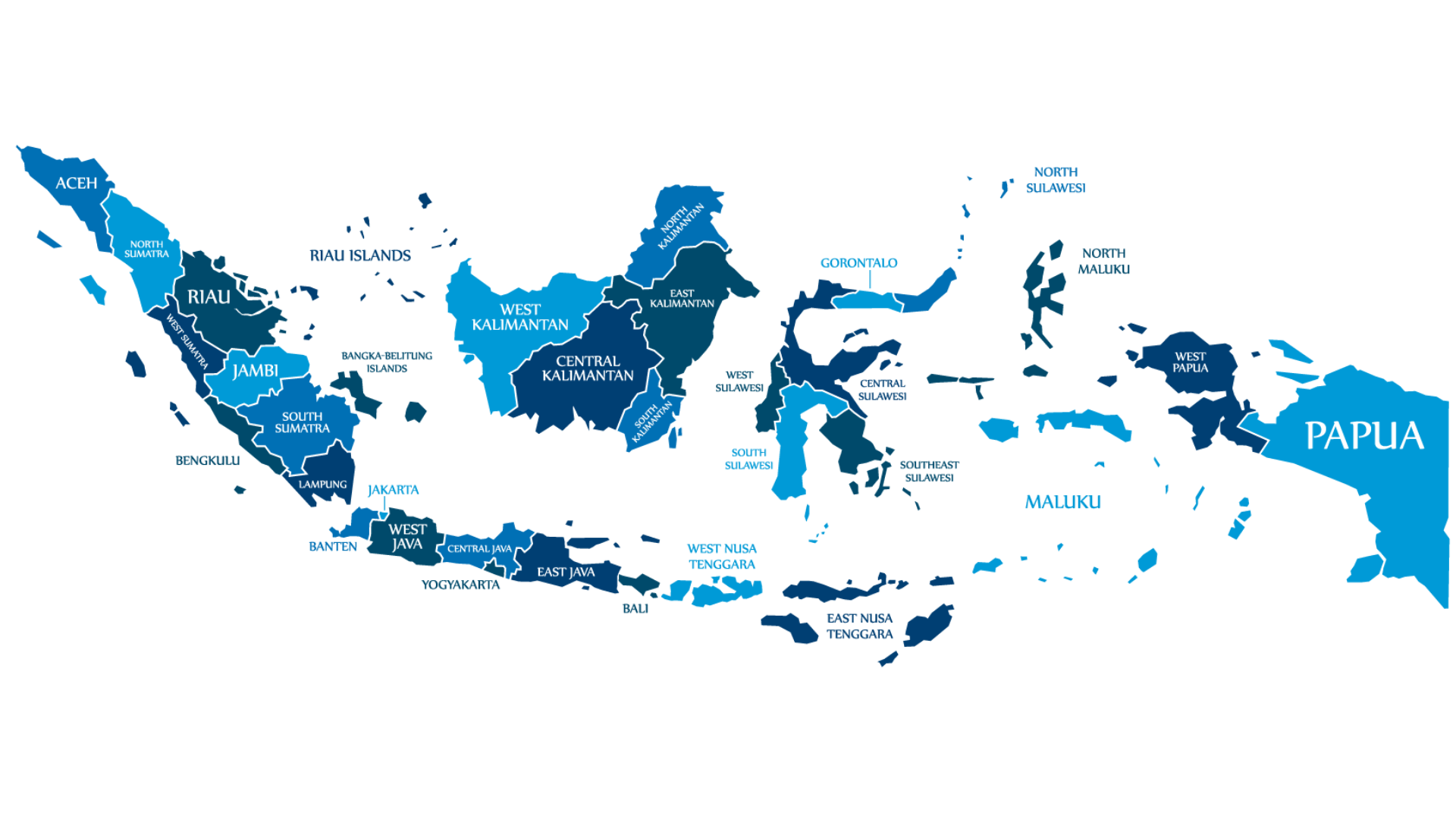Home / Batik Regions – Central Indonesia – Sulawesi Island – Southeast Sulawesi
Facts of the region
Discover Batik in Southeast Sulawesi
The Woven Textile Producer in Buton Island, Southeast Sulawesi (photo: Pesona Indonesia)
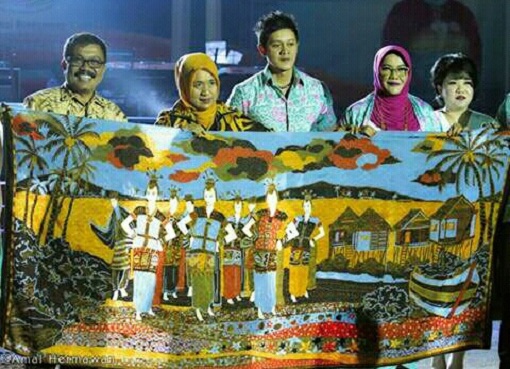
The Batik motif created by the local producer in Wakatobi UNESCO Biosphere Reserve, Southeast Sulawesi (photo: Sultraline)
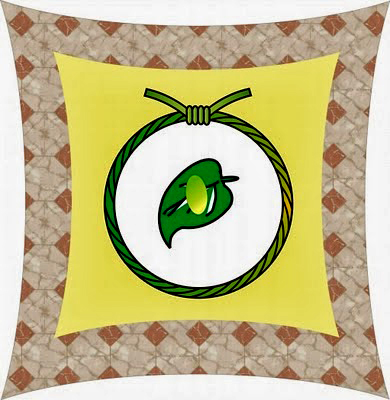
The Kalo Sara is a sacred symbol that belongs to Tolaki ethnic. It becomes motif inspirations for creating Batik and the woven textile in Southeast Sulawesi (Photo: @Bumianoa)
The Sacredness of Kalo Sara
Southeast Sulawesi has woven batik with Tolaki motifs. Tolaki woven batik is the belle of Southeast Sulawesi. Tolaki motif is embellished by gold threads forming fine lines with small floral accents.
Socio Cultural Values of Batik in Southeast Celebes
Tolaki woven batik has three central motifs, namely Kalo Sara, Jonga Bert Horn Lima, and Sago Tree. Each theme has a philosophical meaning as a mirror of local wisdom. The Kalo Sara motif represents the customary laws and local wisdom which have to be respected the Tolaki community. The second motif, the five-horned Jonga (deer) motif, represents the habits of the local people who like to hunt deer. While the final theme, the sago tree motif is considered as a representation of the main staple food for the local community.
Batik Motifs in Southeast Sulawesi
Batik Villages in Southeast Sulawesi
local batik workshop
Batik villages are the region where the Batik producers mostly reside. You could buy the Batik textiles from the artisans and participate in the making process of Batik on the site.
SOutheast SulAwesi
Visual Journey
in 1 Minute
woven textile production in southeast sulawesi
The Land of Thousand Rites
SOutheast SulAwesi
Labengki Island (photo: @phinemo)
About Southeast Sulawesi
Southeast Sulawesi is known for its cultural richness. Its 11 intangible cultural heritages were designated as Indonesia’s national cultural heritage. In order to raise the interest of the young generation, the government policy strengthens the preservation of local culture by introducing safeguarding training and education on cultural heritage at high school level. This province is known for its philosophical slogan, namely “Bolimo Karo Somanamo Lipu” , which means to place collective needs as higher priority.
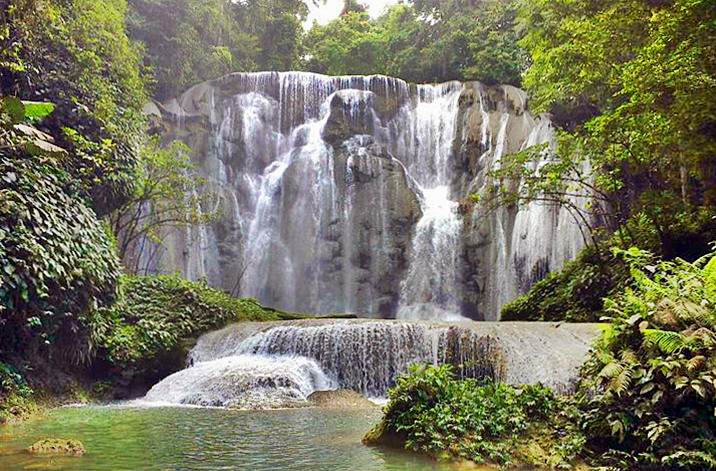
Facts about Southeast Sulawesi
Southeast Sulawesi is a province in Indonesia located on the island of Sulawesi with the capital Kendari. It occupies a total land area of 38,140 km² and a sea area of 110,000 km². Based on the population census in 2016, the population of Southeast Sulawesi was 2,499,540 people. The Southeast Sulawesi Province is bordered by South Sulawesi Province and Central Sulawesi Province to the north, Bone Bay to the west, the Flores Sea to the south, Banda Sea (Maluku Province) to the east.
One of the famous scenic natural landscapes in this province is the Kandawu Dawuna waterfall in Buton Island. This waterfall is situated 75 kilometers from Bau-Bau city, Buton Island. (Photo: @Bugistraveler).
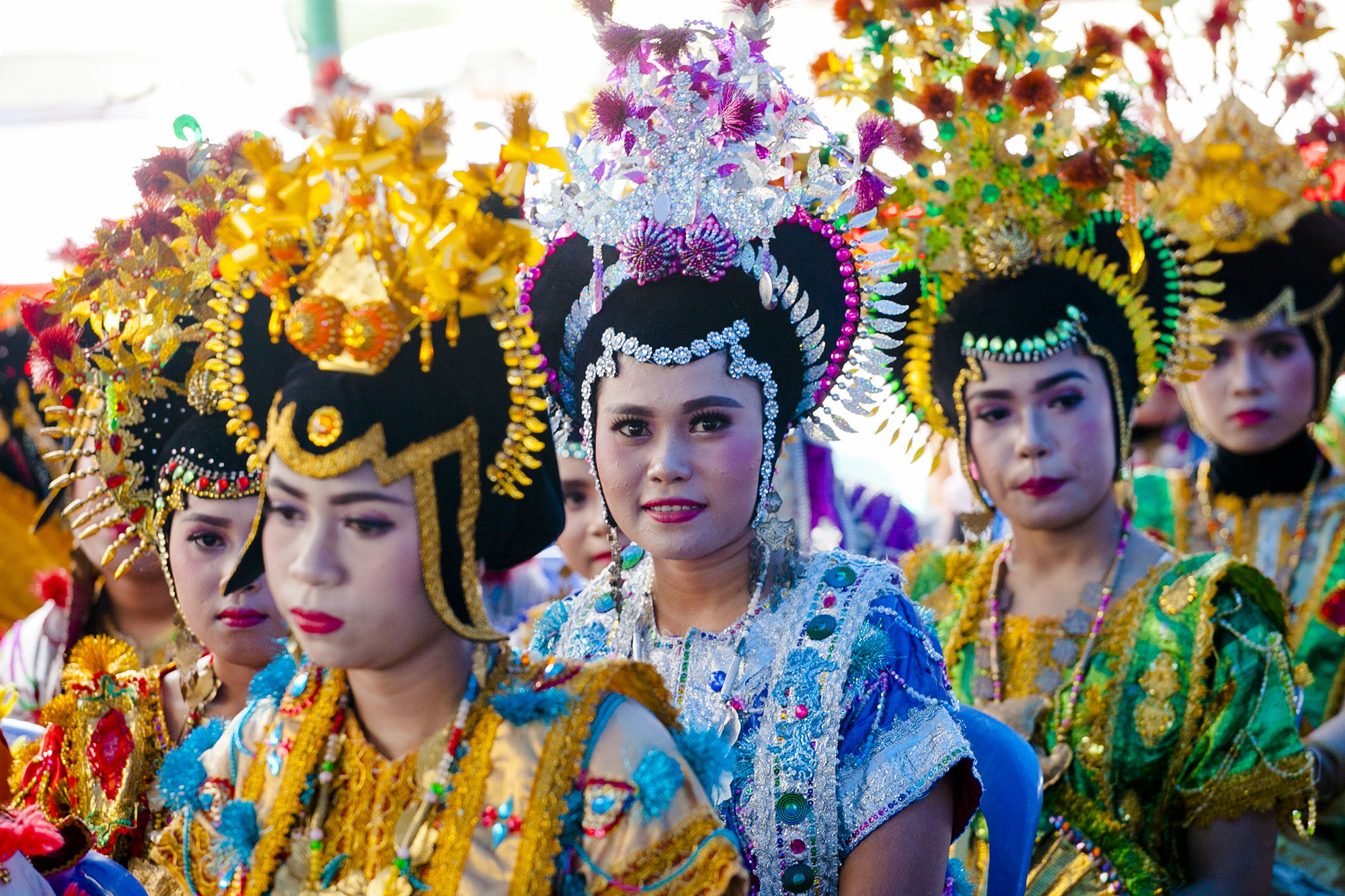
Highlights on Culture
Southeast Sulawesi was ruled by several kingdoms such as the Konawe Kingdom in the 9th century, the Kingdom of Wuna in the 13th century, the Kaledupa Kingdom in the 16th century, the Buton Kingdom in the 14th-19th Century, and the Moronene Kingdom in the 17th century. The indigenous tribes inhabiting this area are Tolaki, Butonese, Muna, Moronene, and Wawonii. The majority of the population is Muslim (95%), Hindus 2.04%, and Christians (1.84%).
One of the intangible cultural heritage preserved by the local community is the Posuo ritual tradition on Buton island. This tradition is aimed at educating teenage women about the importance of virginity. Through dance performance, it promotes community values on morality, women’s ethics, and respect to the family’s integrity in society (photo: @Miunsrv.Wikimedia).
Tourist Attractions in Southeast Sulawesi
